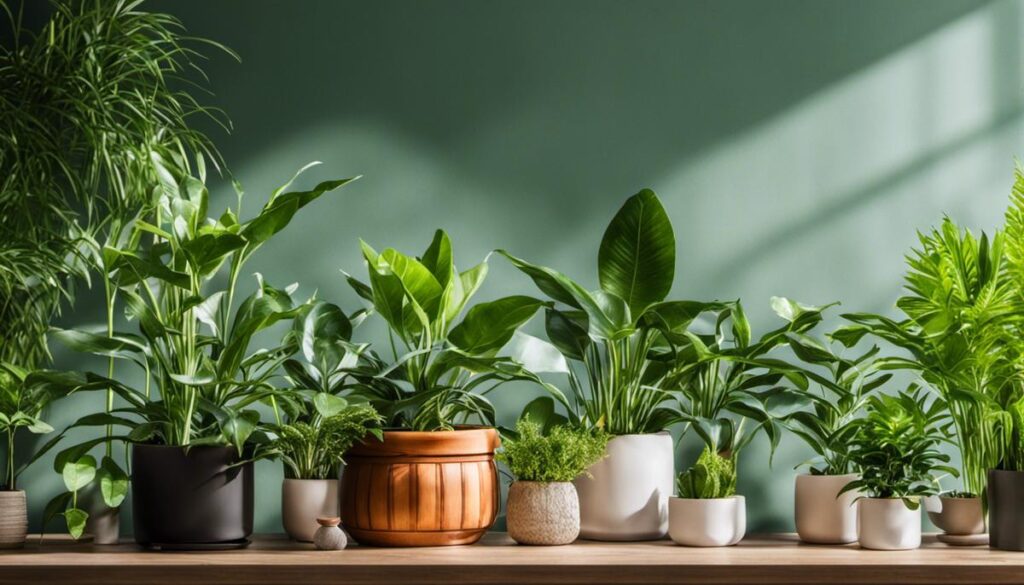Can one really imagine having cleaner air possible, right inside their homes? Yes, due to certain benevolent members of the plant kingdom, this highly beneficial scenario is well within reach. Plants, utilizing photosynthesis, play a critical role in maintaining the planet’s overall air quality. However, there are specific ones, known as ‘air-purifying plants’, that not only perform the generic role of carbon dioxide-to-oxygen conversion but also possess the remarkable ability to cleanse indoor air of harmful chemicals.
As urban dwellers increasingly encounter pollutants indoors, it’s a logical choice to become well-informed and proactive about using indoor plants to improve air quality. This goes beyond merely decorating your living space, considering the practical health advantages of cultivating these green companions. So whether you are a green thumb or not, introducing air-purifying plants into your home or workspace may be a simple yet effective strategy to enhance your well-being.
Understanding Air Purifying Plants
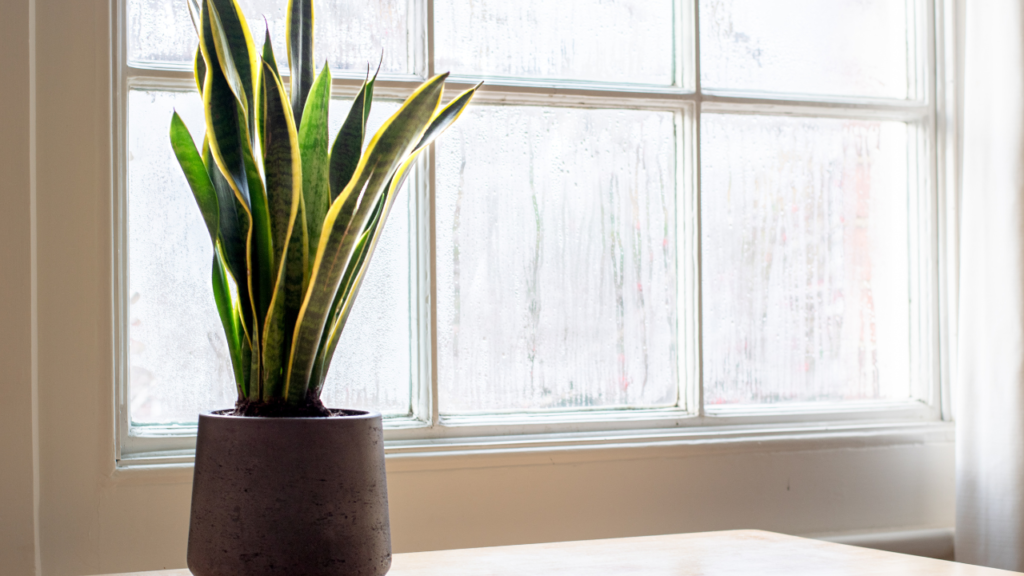
Understanding Air Purifying Plants
All plants engage in photosynthesis – a process in which carbon dioxide (CO2) is absorbed and oxygen (O2) is released. This basic plant function is vital for human life, as it replenishes the oxygen in the air that we need to breathe. However, some indoor plants go a step further by also improving the overall air quality of the spaces they inhabit. Various indoor plants have been scientifically proven to not only produce oxygen, but filter and purify air by removing traces of harmful chemicals.
How Plants Filter and Purify Air
In the late 1980s, NASA conducted a clean air study to find out how to clean air in space stations. The results of the study revealed that several indoor plants could offset the amounts of chemical pollutants in the air, including formaldehyde, benzene, and trichloroethylene. Some plants are particularly adept at sucking up these types of pollutants, due to their high transpiration rates and large leaf areas. For instance, Spider Plants, English Ivy, and bamboo palms are highly effective at filtering formaldehyde, benzene, and carbon monoxide. These chemicals are often found in household cleaning products, cigarettes, and car exhaust, so their presence indoors is more common than one might think.
Indoor Plants: Enhancing Air Quality in Your Home
Indoor plants are more than just charming home decorations. They also possess distinctive abilities to improve air quality within your living space. These green companions make your indoor environment healthier by eliminating harmful chemicals, increasing humidity, and producing negative ions. By increasing humidity, indoor plants prove particularly useful during winter months or in areas with dry climates, when indoor air tends to be desiccated by heating systems. Furthermore, their production of negative ions helps in minimizing airborne microbes, fostering a more salubrious indoor atmosphere. Ultimately, the integration of air-purifying plants into your home decor imparts both aesthetic charm and a noticeably healthier, more breathable environment.
House Plant Essentials
Top Indoor Plants for Cleaner Air
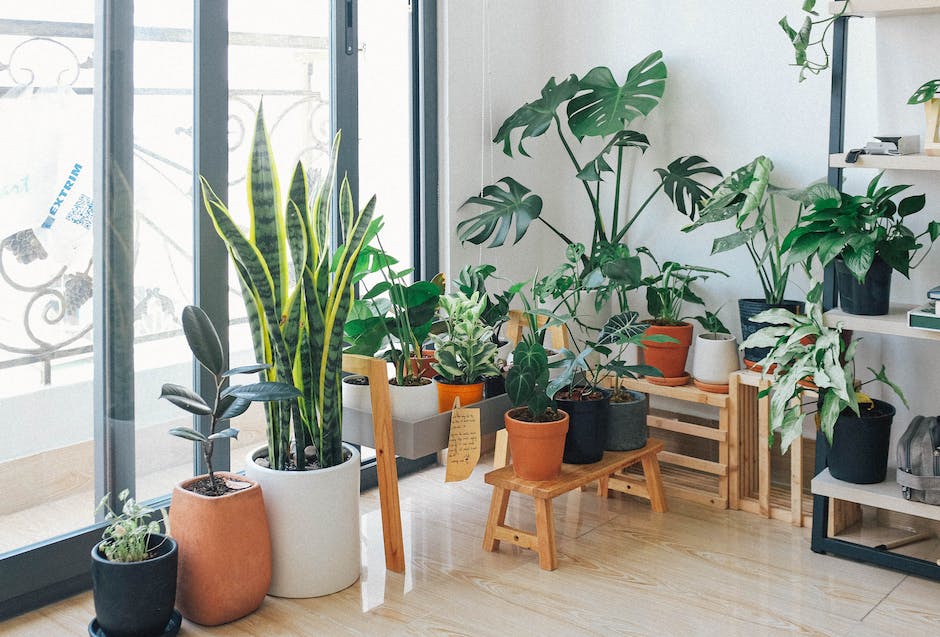
Introducing the Spider Plant: A Simple Solution to Cleaner Air
The Spider Plant or Chlorophytum comosum is an unassuming hero among the wide array of indoor plants famed for its superior air cleansing abilities. This adaptable plant makes your home healthier by absorbing common household toxins like formaldehyde and xylene from the environment. Not only does it contribute to air purification, it’s also easy to care for. It tolerates diverse light conditions and prefers soil that drains well. The Spider Plant thrives best in cooler temperatures and indirect sunlight. With its resilience to varying humidity levels, it’s a fitting addition to virtually any interior space, making it an ideal choice in plant selection for those seeking simplicity coupled with health benefits.
Bamboo Palm: A Tropical Clean Air Solution
The Bamboo Palm, scientifically named Chamaedorea seifrizii, is not only popular for its tropical allure, but it is also an excellent indoor air purifier. Ranked among the top clean air plants by NASA, it can aid in removing harmful substances such as benzene and formaldehyde from the air. While being beneficial for air quality, Bamboo Palms require a bit more care than some other indoor plants. They prefer bright, indirect light, and higher humidity levels. Overwatering should be avoided, and they flourish best in well-draining soil.
Snake Plant: A Hardy and Efficient Air Purifier
The Snake Plant, scientifically known as Sansevieria trifasciata, stands out amongst indoor plants for its superior air-purifying abilities. More than just enhancing your green space, this robust plant meticulously filters out harmful toxins like benzene, formaldehyde, trichloroethylene, and xylene from your surroundings, promoting fresher and purer air indoors. Combine this with its inherent hardy nature that thrives in low light conditions and requires minimal watering, you have the ultimate low-maintenance indoor plant that multitasks as an efficient air purifier. It’s unwavering resilience against pests and preference for dry conditions makes it an ideal choice for home or office interiors. If you are seeking a minimal-care indoor green solution for cleaner air, the Snake Plant presents itself as an excellent candidate.
Maintaining Your Plants for Optimum Air Purification

Mastering the Art of Watering for Superior Air Purification
Ensuring your indoor plants deliver their peak air-purifying potential involves mastering the art of watering. While the water requirements differ across plant types and sizes, a reliable rule of thumb is to ensure the soil never completely dries out. But, treating your leafy friends to too much water could usher in unwelcome root rot, a prevalent plant disease that can stunt your plant’s air-purifying capabilities. Hence, it can be argued that a little under-watering is typically safer, since most plants are equipped to endure brief periods of dryness. Investing your time in understanding your plant’s water needs can reward you with not just a thriving indoor garden, but consistently cleaner indoor air.
Light Exposure and Other Care Tips
In addition to proper watering, providing adequate light exposure is crucial for the air-purifying capabilities of your indoor plants. While some plants prefer direct sunlight, others thrive in low light conditions. It is important to research the specific light requirements of each plant and place them in areas of the house that match those needs. Rotate your plants every few weeks to ensure all parts get enough light, which can help them absorb and filter more air effectively.
Optimizing Indoor Conditions for Your Plants
For your indoor plants to effectively purify air, it’s important to maintain optimal temperature, humidity levels, and cleanliness. Most houseplants thrive in temperatures between 60 and 75 degrees Fahrenheit and relish a humidity level of around 40% to 60%. Regularly dusting the leaf surfaces not only revamps the look of your plants, but also keeps their pores unblocked, enhancing their capacity to absorb and neutralize air pollutants.
Potential Risks and Precautions
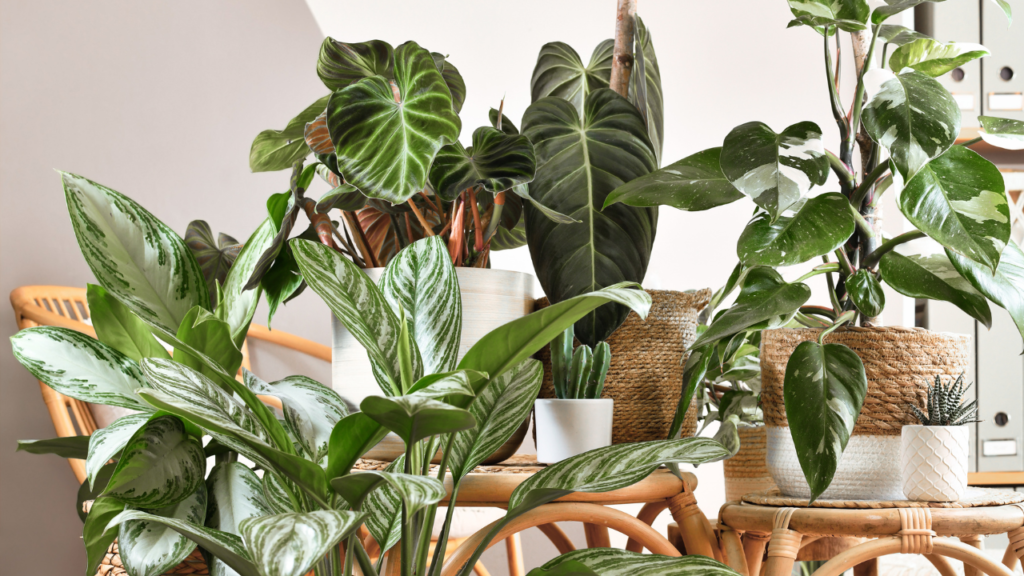
Considering Potential Risks of Houseplants
Despite their aesthetic and air-purifying benefits, indoor plants require proper handling to preempt potential risks such as allergies, toxicity for pets, and pest infestations. Indoor plants can sometimes trigger allergic reactions – sneezing or itchy eyes – in some individuals, often due to airborne mold spores from the plant’s soil or pollen from the flowers. To minimize these risks, make sure you know the specific needs and characteristics of each plant, including their blooming seasons if you or any household member is allergy-prone.
Precautions and Safety Measures
Foremost, it’s crucial to consider pet safety. Some plants, like lilies and aloe vera, are toxic if ingested by pets and should be kept out of their reach at all times. Moreover, be aware that even non-toxic plants can cause gastrointestinal distress if pets eat them. To tackle pest issues, monitor your plants regularly for signs of infestation: look out for discolored leaves or a sticky residue on leaves or the surface beneath the plant, which may indicate pests. If you do spot signs of a pest infestation, isolate the plant from others to prevent spread and treat it immediately. Most pest infestations can be managed by washing the plant with a mild soap solution or using a pesticide specifically designed for indoor plants. Lastly, remember to always wash your hands after handling plants to avoid potential skin irritation or allergic reactions.
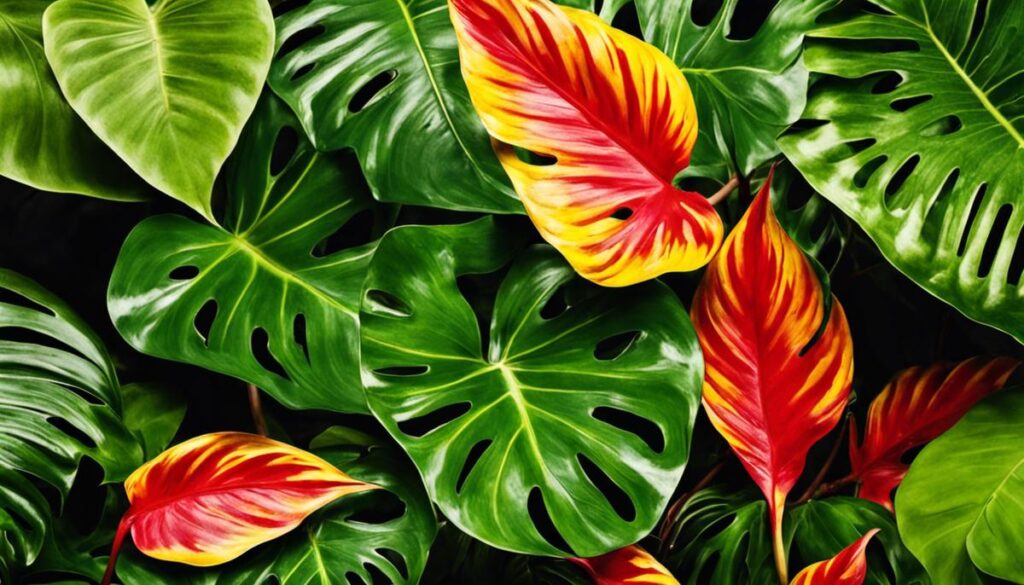
A sustainable and visually pleasing approach towards cleaner air, indoor plants for air purification offer an impressive array of benefits along with some potential risks. Careful handling and maintenance, awareness of allergies or possible pet toxicity issues, and proactively controlling common plant pests are essential. Rest assured, the rewards you reap in cleaner air and a greener, healthier living or work environment far outweigh the precautions to be taken. Plants are indeed part of mother nature’s ingenious purifying system. They silently serve us by absorbing and neutralizing harmful chemicals while emitting life-supporting oxygen. As we become more environmentally conscious and scientifically informed, it becomes evident how these humble green beings enhance our daily lives.
